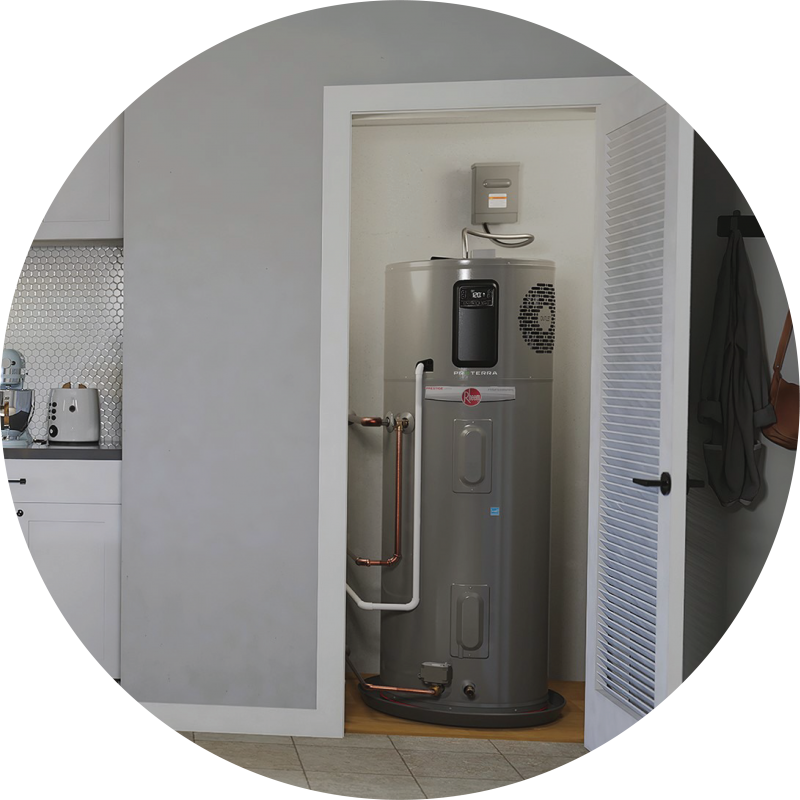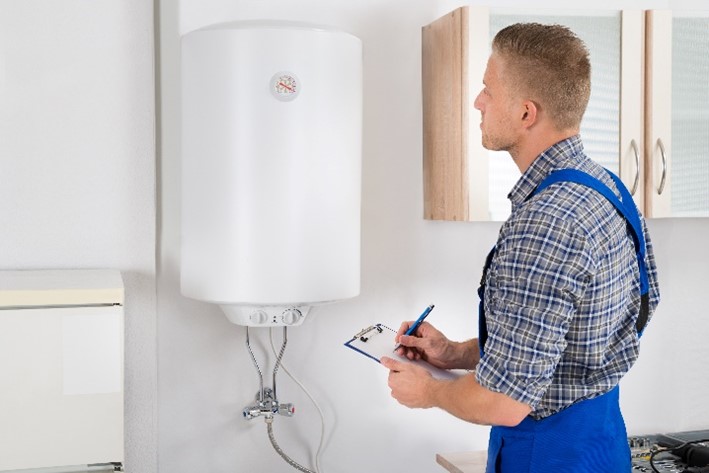The content in the next paragraphs relating to Water Heater Maintenance Tips You Can't Afford to Forget is extremely enjoyable. Try it and make your own personal assumptions.

Warm water is important for everyday convenience, whether it's for a refreshing shower or washing meals. To guarantee your hot water system runs successfully and lasts longer, normal upkeep is crucial. This article offers useful ideas and insights on exactly how to maintain your home's warm water system to prevent interruptions and costly repair services.
Introduction
Keeping your home's hot water system may appear complicated, however with a few straightforward actions, you can ensure it operates smoothly for many years to come. This overview covers every little thing from recognizing your hot water system to do it yourself upkeep ideas and understanding when to contact professional aid.
Value of Keeping Your Warm Water System
Routine upkeep not just expands the lifespan of your hot water system but likewise ensures it runs efficiently. Neglecting maintenance can lead to decreased effectiveness, greater power costs, and even early failing of the system.
Indicators Your Warm Water System Demands Maintenance
Knowing when your hot water system requires focus can prevent significant concerns. Look out for signs such as inconsistent water temperature, unusual noises from the heater, or rusty water.
Purging the Hot Water Heater
Purging your hot water heater gets rid of debris build-up, enhancing effectiveness and extending its life.
Checking and Replacing Anode Rods
Anode rods stop corrosion inside the storage tank. Checking and replacing them when worn out is critical.
Complex Problems Requiring Professional Help
Instances consist of major leakages, electrical problems, or if your hot water heater is continually underperforming.
Regular Professional Upkeep Benefits
Specialist upkeep can include comprehensive assessments, tune-ups, and guaranteeing conformity with security criteria.
Checking and Adjusting Temperature Level Settings
Adjusting the temperature level setups guarantees ideal performance and safety and security.
DIY Tips for Upkeep
You can do several upkeep tasks yourself to maintain your hot water system in leading condition.
Looking for Leaks
Consistently check pipelines and links for leaks, as these can result in water damage and greater bills.
Comprehending Your Hot Water System
Before diving right into maintenance tasks, it's handy to comprehend the standard components of your warm water system. Usually, this consists of the water heater itself, pipes, anode poles, and temperature controls.
Regular Monthly Upkeep Tasks
Regular monthly checks can aid catch small problems prior to they rise.
Evaluating Pressure Relief Valves
Testing the stress safety valve ensures it functions appropriately and stops excessive stress accumulation.
Protecting Pipelines
Protecting warm water pipelines reduces warm loss and can conserve power.
When to Call a Specialist
While DIY maintenance is helpful, some issues require expert knowledge.
Verdict
Regular maintenance of your home's hot water system is necessary for performance, longevity, and price savings. By complying with these suggestions and knowing when to look for professional assistance, you can make sure a trusted supply of warm water without unexpected disturbances.
Water Heater Maintenance: The Basics
Maintaining your water heater will ensure it operates efficiently and has a longer lifespan. Neglecting regular maintenance can lead to costly repairs and an even bigger chunk of your savings if you have to replace it sooner than necessary. But there’s good news: Most water heater maintenance tasks are relatively simple and easy for homeowners with basic DIY skills.
Flush the Water Heater
Over time, sediment and minerals can build up in the tank, reducing its efficiency and potentially causing damage. To flush the tank, turn off the power or gas supply, attach a hose to the drain valve near the bottom and open the valve to drain the water until it runs clear. Ideally, flush the tank annually.
Replace the Anode Rod
The anode rod is a sacrificial metal rod that helps prevent corrosion inside the tank. Inspect and replace it every three to five years or per the manufacturer's recommendation. To replace the anode rod, turn off the power or gas supply, drain a few gallons of water from the tank, unscrew the old rod and replace it with a new one. If the anode rod is significantly corroded or covered in calcium buildup, it's a sign the water heater may need to be replaced soon.
Tune-Up
A yearly tune-up can help identify potential issues and ensure your water heater operates at peak efficiency. This typically involves checking the thermostat, burner assembly (for gas heaters) and any other components specified by the manufacturer. During a tune-up, the technician may also clean the burner and adjust the pilot light (for gas heaters) or examine the heating elements (for electric heaters).
How to Maintain Your Water Heater
Insulate the tank. Insulating the tank can improve energy efficiency and reduce heat loss, saving you money on energy bills. You can purchase precut insulation blankets designed specifically for water heaters or use standard fiberglass insulation wrapped securely around the tank. Check the temperature. The recommended water temperature for most households is around 120 degrees Fahrenheit (49 degrees Celsius). Higher temperatures can increase energy costs and potentially cause scalding. Use a kitchen thermometer to check the temperature at the faucet nearest the water heater. Monitor water pressure. Excessive water pressure can strain the water heater and cause leaks or even tank failure. Install a pressure-reducing valve if necessary. The ideal water pressure range is between 60 and 70 PSI (pounds per square inch). Test the temperature and pressure (T&P) relief valve. The T&P relief valve is a safety feature that releases pressure if the tank gets too hot or the pressure builds up too high. Test it annually by lifting the lever and allowing a small amount of water to release. Replace the valve if it doesn't release water or reseal properly. Check for leaks. Regularly inspect the tank, pipes and fittings for leaks or corrosion. Deal with issues promptly to prevent further damage. Even a small leak can lead to significant water damage over time. Consider a tankless water heater. If your traditional tank-style water heater is nearing the end of its lifespan ( typically 10 years), consider replacing it with a tankless water heater. These units heat water on demand, reducing standby energy losses and potentially saving you money on your energy bills. Schedule professional maintenance. While homeowners can perform many water heater maintenance tasks, it's still a good idea to schedule professional maintenance every few years. A plumber or HVAC technician can thoroughly inspect the unit, identify potential issues and ensure it operates safely and efficiently. https://www.homeserve.com/en-us/blog/home-improvement/hot-water-heater-maintanence/

Do you appreciate more info about How to Maintain Your Water Heater & Prolong its Life? Place a comment down below. We'd be pleased to find out your thoughts about this content. We hope to see you back again later on. Do you know another person who is sincerely interested in the niche? Take a moment to share it. Many thanks for your time invested reading it.
Get Your Estimate Now